The wilderness has always been a place where myth and legend run rampant. Nowadays, instead of encountering tales like Little Red Riding Hood, you’re far more likely to encounter fictions supported by pseudo-science and misinformation. Can you really catch a cold from getting chilled? Should you actually suck the venom from snakebites? Does moss only grow on the north sides of trees? Have two adults ever comfortably fit inside a two-man tent? We shall see whether these camping myths hold water.
17 of the most common camping myths busted
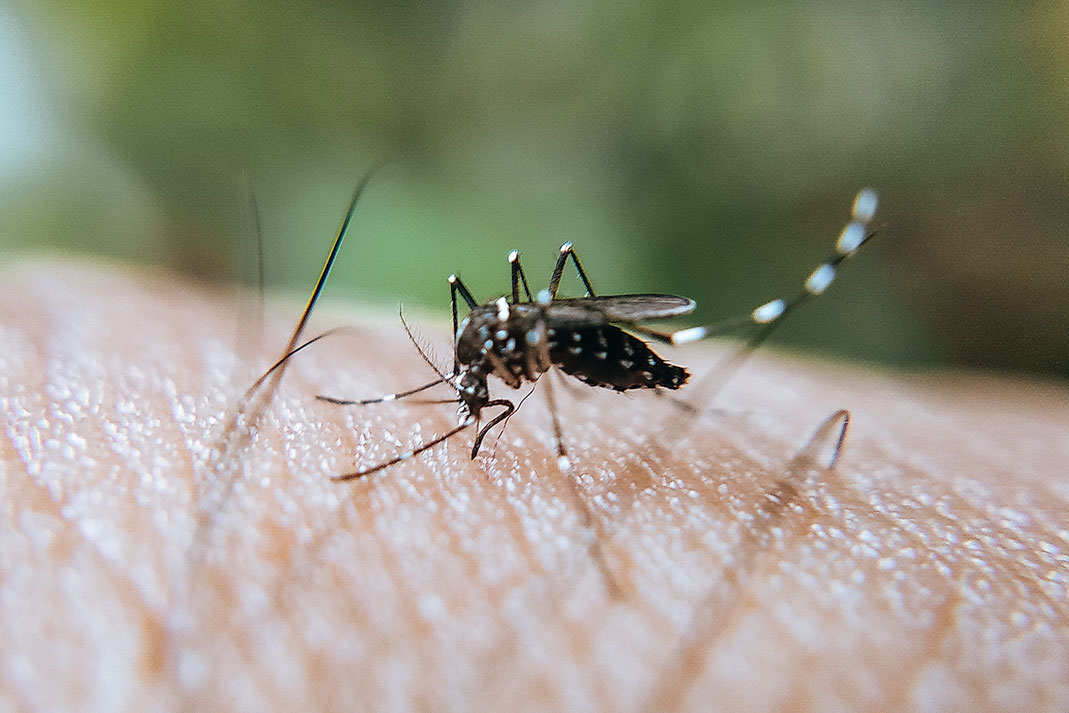
1 Bananas attract/repel mosquitos
The world’s most dangerous animal is ambivalent to your intake of the delicious Musa acuminate fruit. The most universally recognized attractant to mosquitos is carbon dioxide—mosquitos can detect it from 90 feet away. Body odor and heat are also factors.
According to the American Mosquito Control Association: “Ingestion of garlic, vitamin B12 and other systemics has been proven in controlled laboratory studies to have no impact on mosquito biting. Conversely, eating bananas did not attract mosquitoes as the myth suggests, but wearing perfume does.”
2 Daddy longlegs are the most poisonous spiders but their fangs are too tiny to bite you
First of all, they’re not even spiders. These arachnids, also known as harvestmen, don’t produce silk and have only one pair of eyes. More importantly: The entomology department at the University of California confirms that daddy longlegs have neither fangs nor venom sacs. Bonus bust: Killing them has never been proven to cause it to rain. It is mean, though.
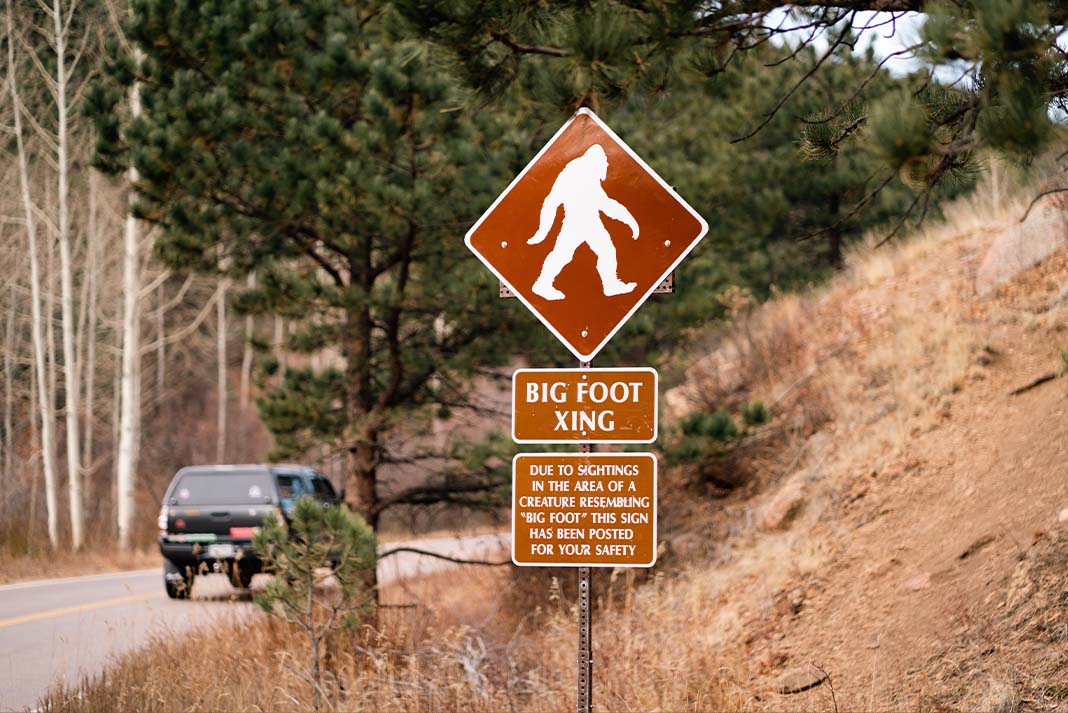
3 Sasquatch, Nessie and the Yeti
Despite being delightful fodder for the spooky campfire stories, there has yet to be a single credible, peer-reviewed piece of evidence proving the existence of any of these creatures—and this in an age where almost everyone over the age of 10 carries a high-resolution camera in their pocket. That said, if you’re interested in a hair-raising humanoid encounter, check out the following link.
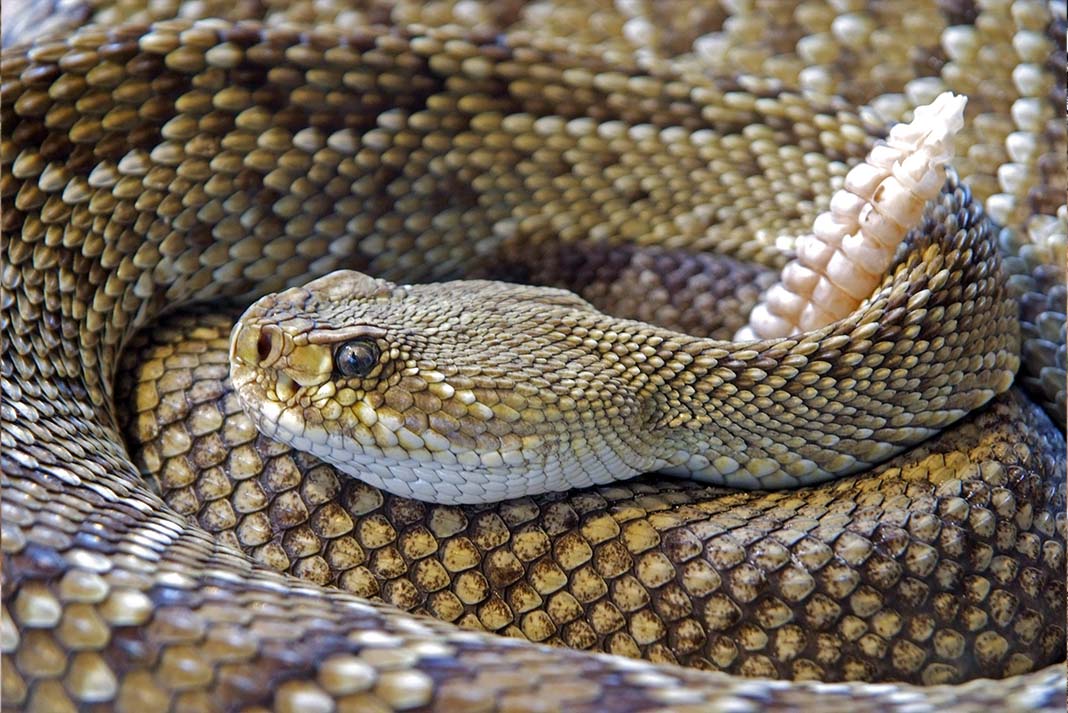
4 Suck the venom from snakebites
Forget everything you learned from cowboy movies. Cutting and sucking snakebites will do more harm to the tissue, according to the NOLS Wilderness Medicine Institute. The best course of action is to immobilize the affected limb, keep the victim calm and get medical help ASAP. The good news is that despite about 8,000 venomous snakebites in the U.S. each year, the Florida Department of Wildlife Ecology and Conservation reports just five to six result in fatalities.
5 Moss only grows on the north side of trees
Moss likes to grow in damp and shaded spots best. While it’s true that the north sides of trees get less sunlight in the northern hemisphere, there are lots of other factors that can create shade, including other trees, big rocks and sloped ground, which can lead to moss growing on the east, west and even south sides of trunks. A compass is a far better bet to be directionally astute.
6 Junior is too young to go camping
Anecdotally, it’s never too early to hit the trail. We’ve been enchanted with stories of 3-month-olds on hiking adventures north of the Arctic Circle, toddlers on canoe trips across the continent and 5-year-olds who completed the entire 2,180 miles of the Appalachian Trail—with their parents, of course.
7 40 to 45 percent of body heat is lost through your head
Rubbish according to a 2008 study published in the British Medical Journal. Heat is lost more or less evenly across the skin. If someone were wearing only a swimsuit, no more than 10 percent of body heat would be lost through his or her noggin, according to the researchers.
8 Campfires are an effective way to dry gear
Unless you’re an unusually patient person, drying gear around a campfire is a recipe for melted synthetics, and warmer but still damp clothing. Direct sunlight on a breezy day is a safer and more effective option if conditions allow—we’ve got the holey socks to prove it.
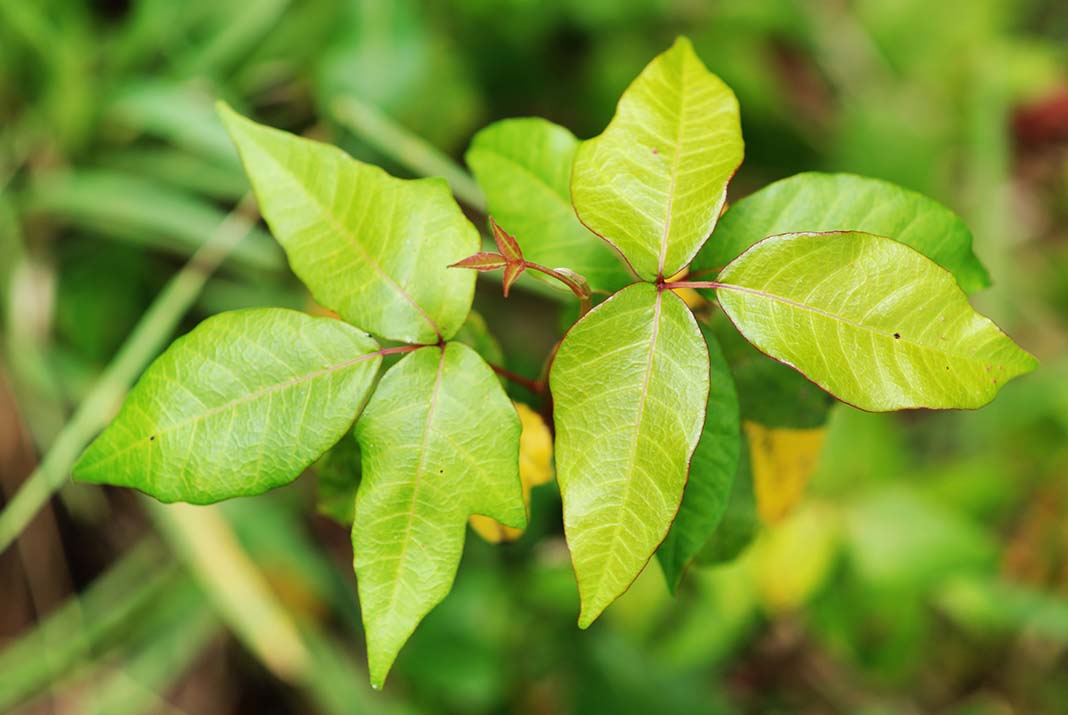
9 Poison ivy is contagious
The itch can’t be spread through contact with the blisters, however, this devil plant’s rash-inducing oil, urushiol, can remain on clothes, equipment and pet fur for days. It’s this second exposure that has led to the belief that the rash itself is infectious, according to the Mayo Clinic. If you’ve been exposed, the best defense is to wash anything that might have the oil on it in hot and soapy water.
10 Two can fit comfortably in a two-person tent
Lies. Unless one is a small child or dog, and no gear is brought into the tent. We’ll tolerate the sardined quarters for ultralight adventures, but for optimal comfort, a good rule of thumb is purchasing a tent for one more “man” than needed.
11 Biodegradable soap is okay to use in waterways
Even biodegradable soaps can increase nitrogen levels and harm the local inhabitants of lakes and streams. Read the fine print on your bottle of Campsuds and you’ll discover recommendations for washing dishes, bodies and everything else at least 200 feet away from water sources, and burying the grey water in a cat hole.
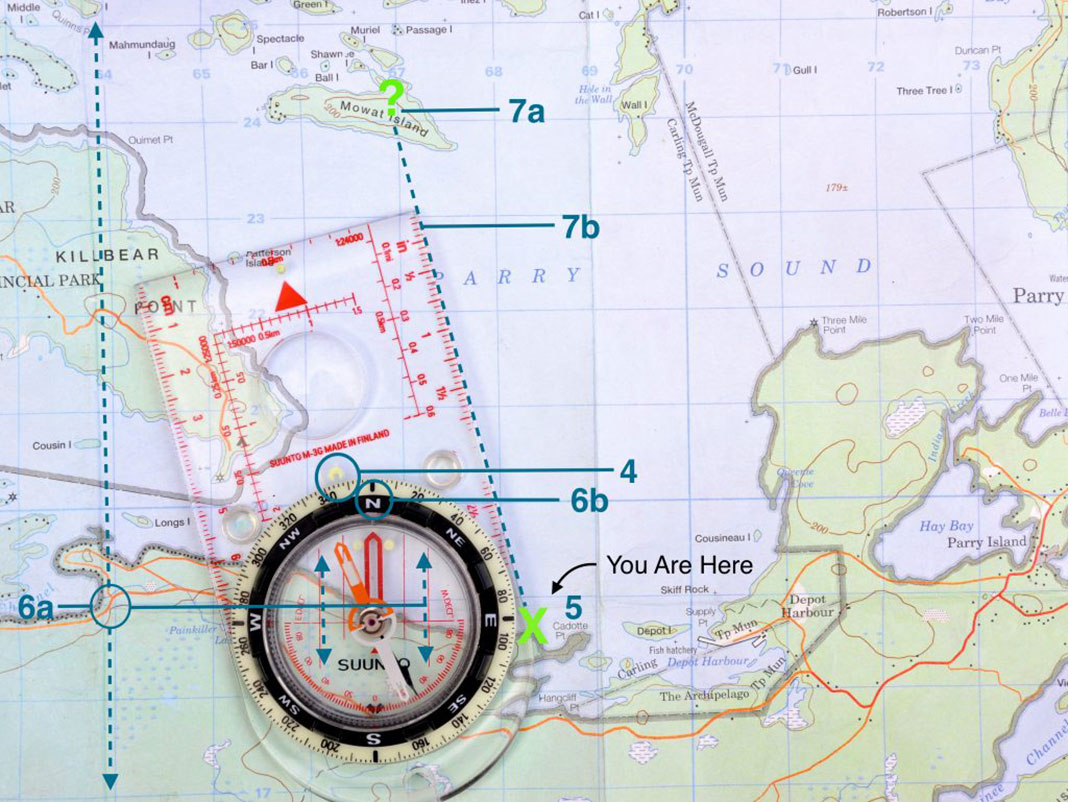
12 You don’t have to carry a map and compass if you have a GPS
While dropping or immersing your GPS can be an electronic catastrophe, we hear far more stories of devices simply running out of batteries at inopportune moments, leaving adventurers holding nothing more than a paperweight sans sense of direction. Not a good situation in the wilderness. Always bring a backup. A waterproofed map and compass are impervious to pretty much everything but fire and wild dogs.
13 Aluminum cans burn in a campfire
Unlikely, and better for your lungs and the environment not to try. Aluminum melts at about 1,200 degrees Fahrenheit. Wood fires can get that hot, but it’d have to be one heck of a blaze. Not only would that violate Leave No Trace ethics, you’re more likely to burn off (and inhale) the ink on the can first, and still have to fish a sooty carcass from the ashes come morning. Just crush it and pack it out instead.
14 “You’ll catch a cold out there!”
Ignore this cautionary cry of grandmothers everywhere, it was debunked by The New England Journal of Medicine back in the ‘70s. While prolonged exposure to cold temperatures may inhibit the body’s immune system, ultimately you need to come into contact with a virus to catch the common cold. Viruses don’t grow on trees; they spread from person to person.
15 Reciting incantations
We’ve all heard some version of “white rabbit, white rabbit” to try and change wind direction and avoid getting smoked out by a campfire. Come on, everyone knows this doesn’t work.
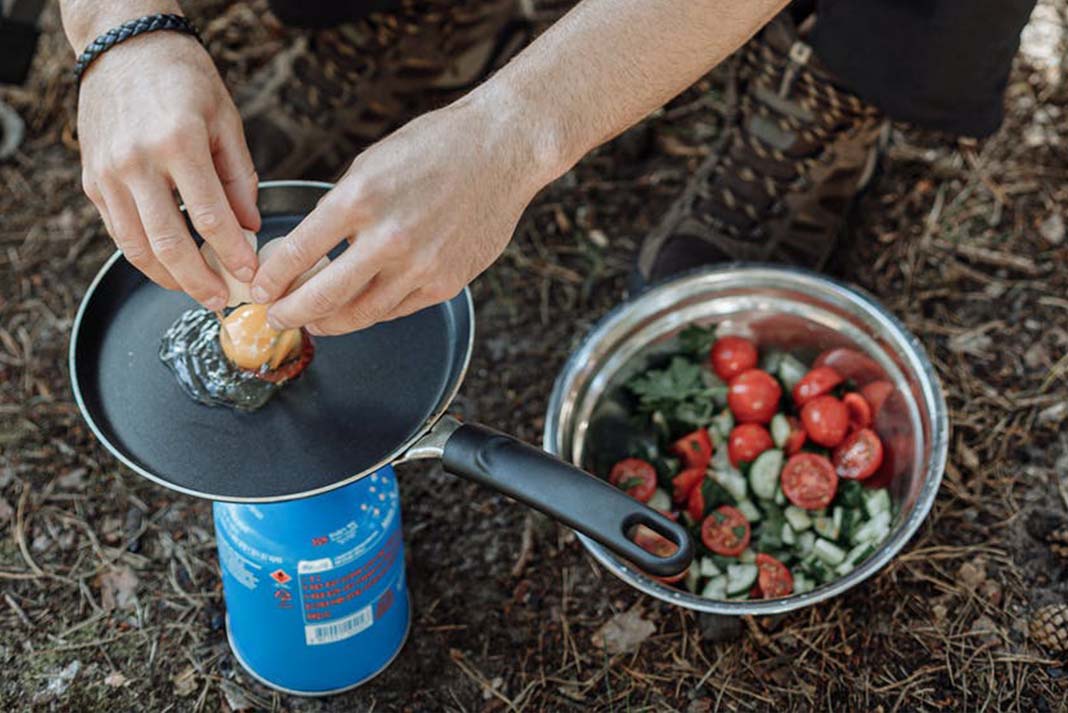
16 Delicious backcountry meals are actually delicious
Hunger is the best sauce of all—even better than Sriracha. Use caution when bringing tasty wilderness creations into your home kitchen. Previous disappointments around the Canoeroots office include: Gado-gado (noodles and peanut butter do not create a convincing Pad Thai in urban environments), pre-packaged dehydrated meals as dinner party fare, and the realization that drinking the starchy water from boiled noodles is actually a bit gross.
17 Everything you learned at camp about marshmallows
They’re not made from horse hooves (they’re actually made from sugar, water and 100-percent pig-derived gelatin), they’re not good for you just because they’re fat-free, and eating a single burnt one won’t give you cancer.
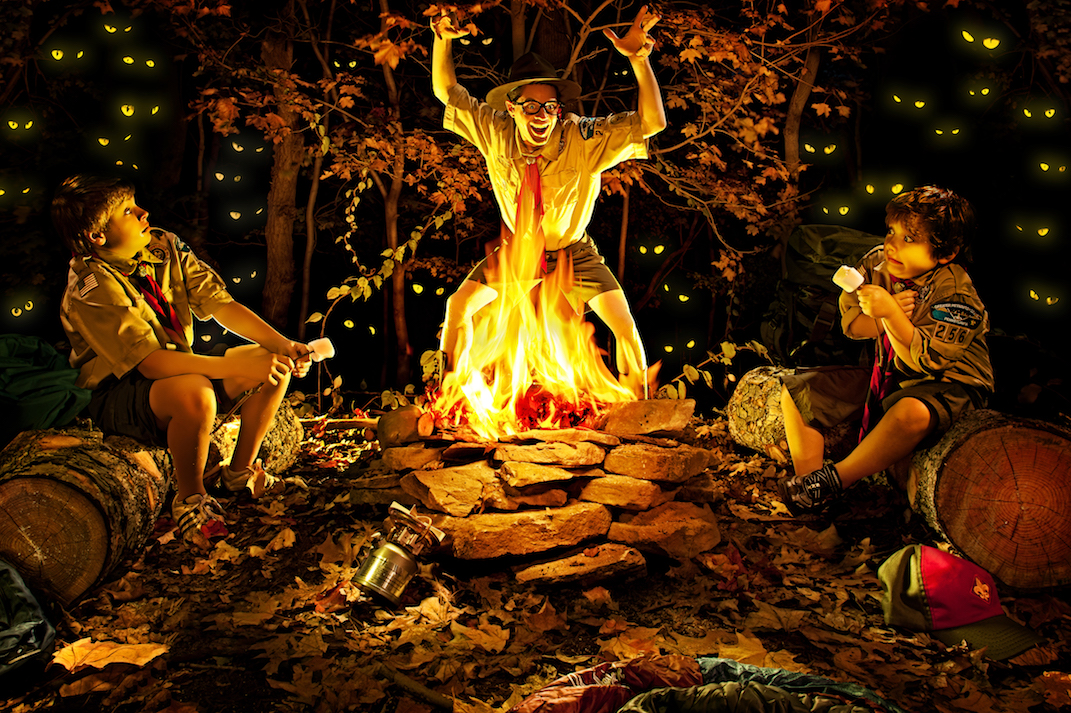
Camping myth #18: Scary stories are best told before bed. | Feature photo: Brian Kaldorf



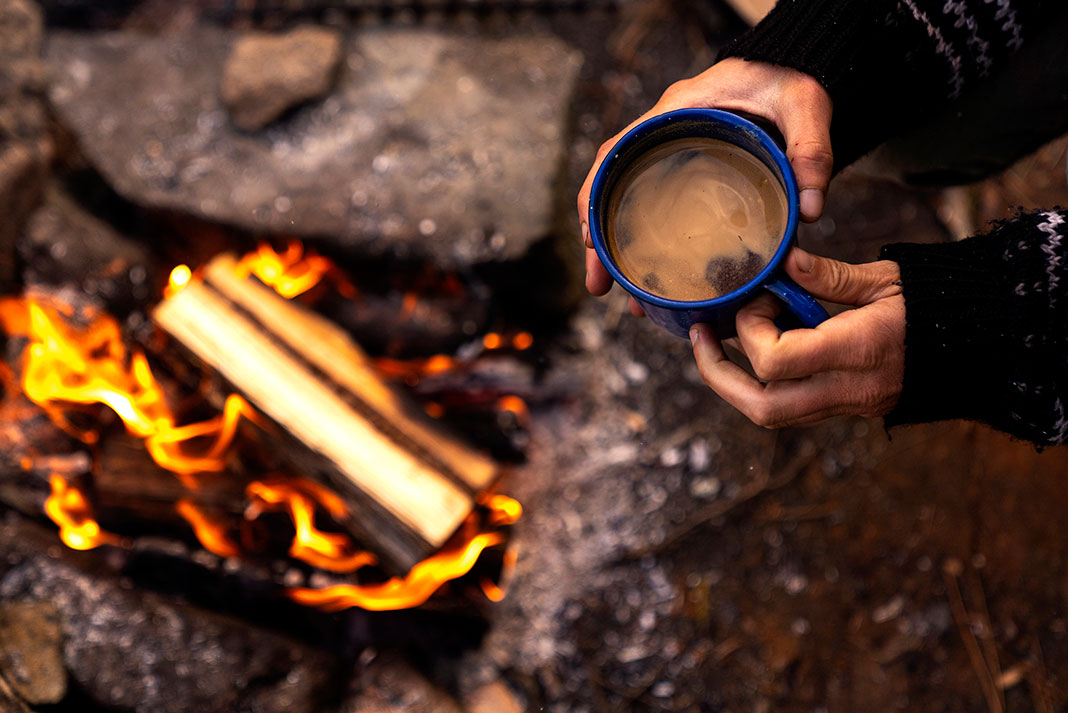
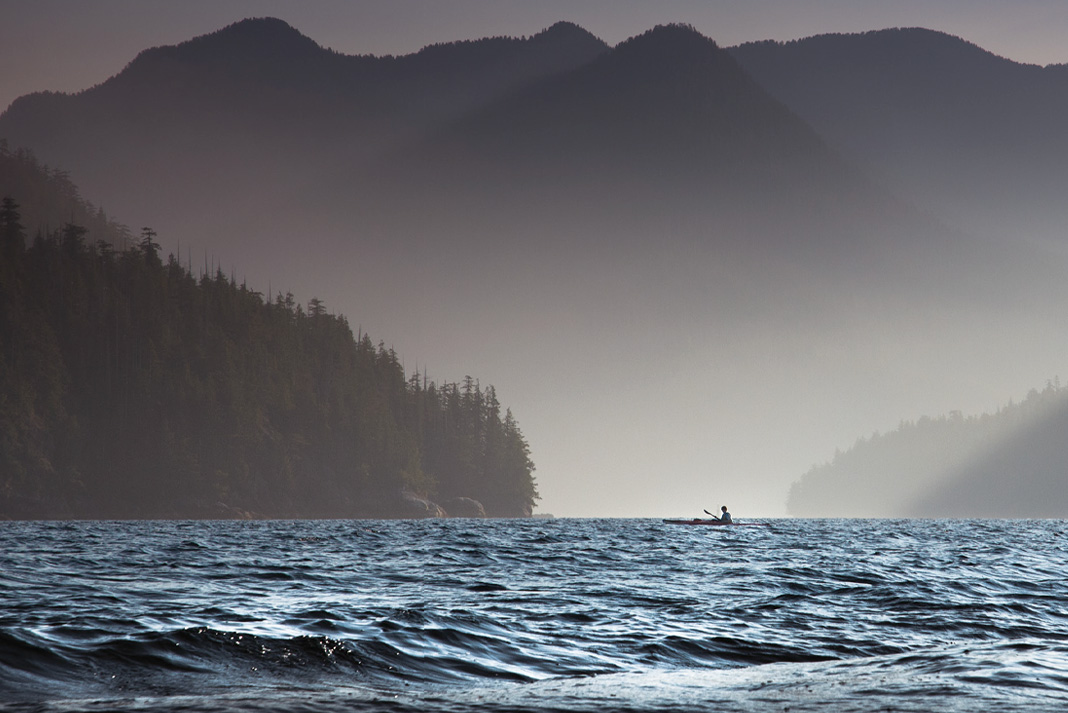
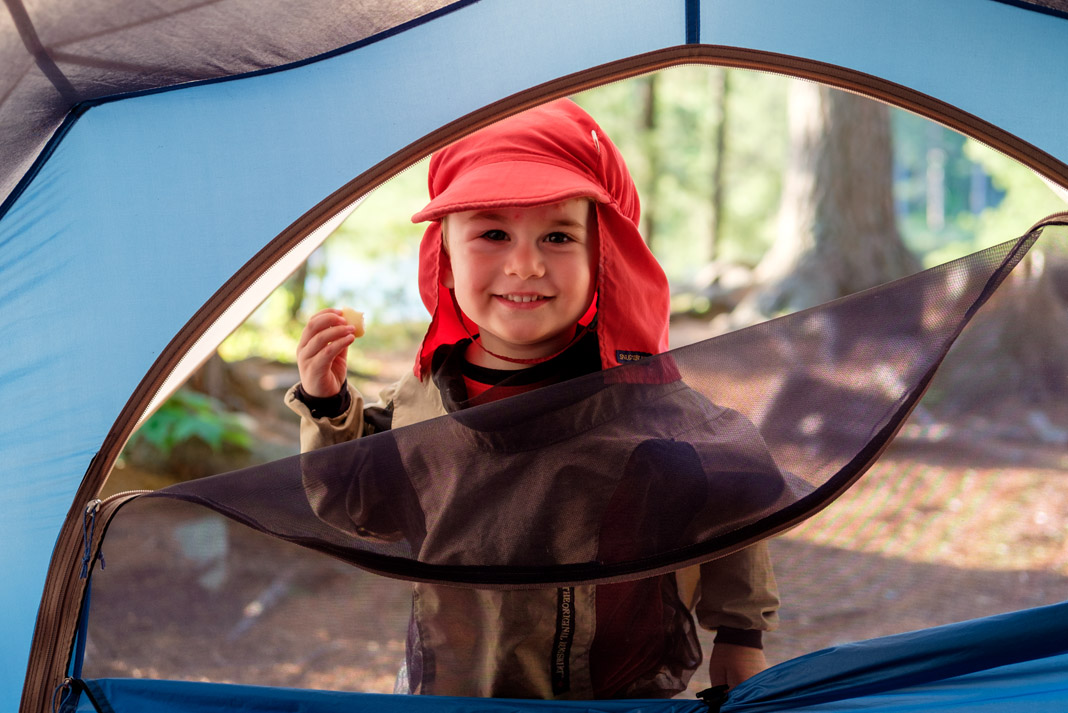
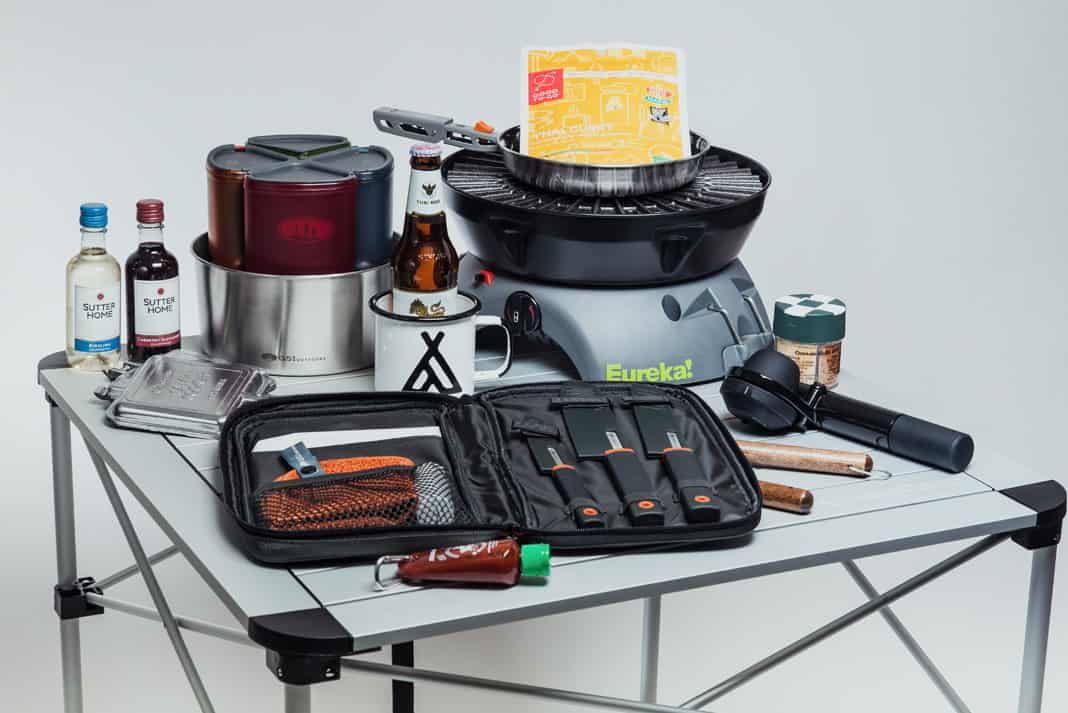
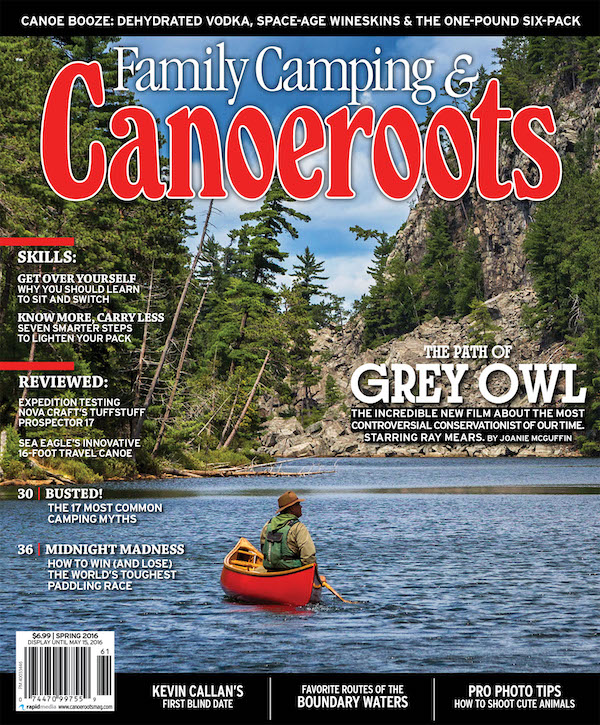

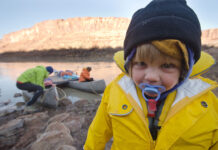
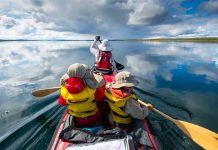
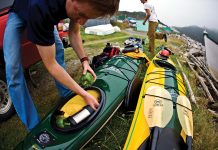
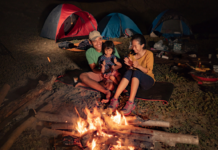

Nice article, Kaydi. Humorous, well-written, and correct!
are you sure these are myths? : 1) It rains mostly on saturdays & sundays when you are more likely to want to camp. 2) Someone knows you are coming and beats you to the preferred “first come” campsite. 3) Any stones buried under your tent will only surface if they are right under your sleeping bag. 4) Snorers prefer crowded campgrounds with other snorers. 5) If you pick an unshaded trail – the sun will be very hot that day. 6) Your most needed item seems to prefer the bottom of your crowded pack 7) If your shoes are not waterproof – the stream crossings will be missing stepping stones or other crossing aids or have slippery banks. 8) You are more likely to spill things on your cleanest clothing items. 9) Everyone else who is not as sweaty as you can’t smell your multi day hiking body bouquet. 10) When you have to cancel your trip for some reason – others are more likely to later ask “how was your trip?”
“Two can fit comfortably in a two-person tent” is what I’ve done for about 4 decades worth of travelling with a number of different people, tramping, bicycling and sea kayaking.
If you mean it isn’t possible then maybe we’d better use a caravan.